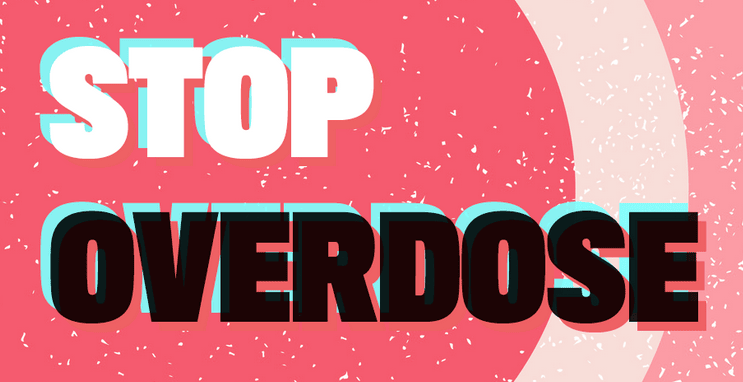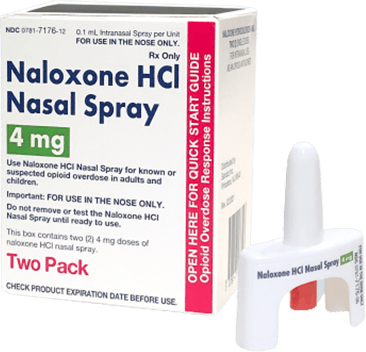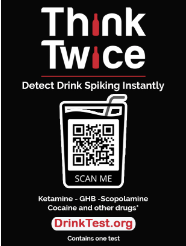Campus Opioid Safety
Opioid Overdose Prevention
 In August 2022, Governor Newsom signed into legislation SB 367, known as the Campus Opioid Safety Act (Act). The Act requires community college
district (CCD) to provide educational and preventive information about opioid overdose.
In August 2022, Governor Newsom signed into legislation SB 367, known as the Campus Opioid Safety Act (Act). The Act requires community college
district (CCD) to provide educational and preventive information about opioid overdose.
In 2021 more than 71,000 people died from synthetic opioid-related drug overdose in the United States according to provisional data from the Centers for Disease Control and Prevention (CDC). Recent data suggest that number continues to increase
Knowledge can save lives!
Know the Signs of an Overdose
- Small, constricted "pinpoint pupils”
- Falling asleep or losing consciousness
- Slow, weak, or no breathing
- Choking or gurgling sounds
- Limp body
- Cold and/or clammy skin
- Discolored skin (especially in lips and nails)
if you think someone is overdosing
- Call 911 Immediately*
- Administer naloxone, if available
- Try to keep the person awake and breathing
- Lay the person on their side to prevent choking
- Stay with the person until emergency assistance arrives
* Most states have laws that may protect a person who is overdosing or the person who called for help from legal trouble.
 What is Naloxone?
What is Naloxone?
Naloxone is a life-saving medication that can reverse an overdose from opioids—including heroin, fentanyl, and prescription opioid medications.
How does Naloxone work and how do you use it?
Naloxone quickly reverses an overdose by blocking the effects of opioids. It can restore normal breathing within 2 to 3 minutes in a person whose breath has slowed, or even stopped, as a result of opioid overdose. More than one dose of naloxone may be required when stronger opioids like fentanyl are involved.2
Naloxone won’t harm someone2 if they’re overdosing on drugs other than opioids, so it’s always best to use it if you think someone is overdosing.
If you give someone naloxone, stay with them until emergency help arrives or for at least four hours to make sure their breathing returns to normal.
Where to Find Naloxone
Rapid Response Fentanyl Test Strip
Fentanyl is an opioid that is up to 50 times stronger than heroin and is responsible for a growing number of overdose deaths each year.
Fentanyl checking strips, originally designed for urine drug tests, are now being used off label to test for the presence or absence of fentanyl and fentanyl analogs in the illegal drug supply. Drug checking strips allow users to dissolve a small sample of a drug into water, insert a test strip, and look for an indicator line alerting the user to the presence of fentanyl. Fentanyl testing strips can accurately read whether a substance contains fentanyl or not.
View Rapid Response™ Fentanyl Test Strip Demonstration
Drug Testing Devises
AB 1524 requires the California State University and Community College districts to stock drug testing devices, as defined, available and accessible, free-of charge, in the health cneter located on each campus and post a notice on these requirements in a rpminent and conspicuous location as specified.
(1) Controlled substances include, but is not limited to, flunitrazepam, ketamine,
and gamma hydroxybutyric (GHB).
(2) Drug testing devices means test strips, stickers, straws, and other devices designed
to detect the presence of controlled substances in a drink.
Think Twice Spike Test Strips detect these common date rape drugs by placing a drop of beverage on disgnated areas. Each test strip will detect ketamine, GHB, scopolamine, cocaine and other "amine" based drugs. These strips and drink covers are available for students in the health center.

